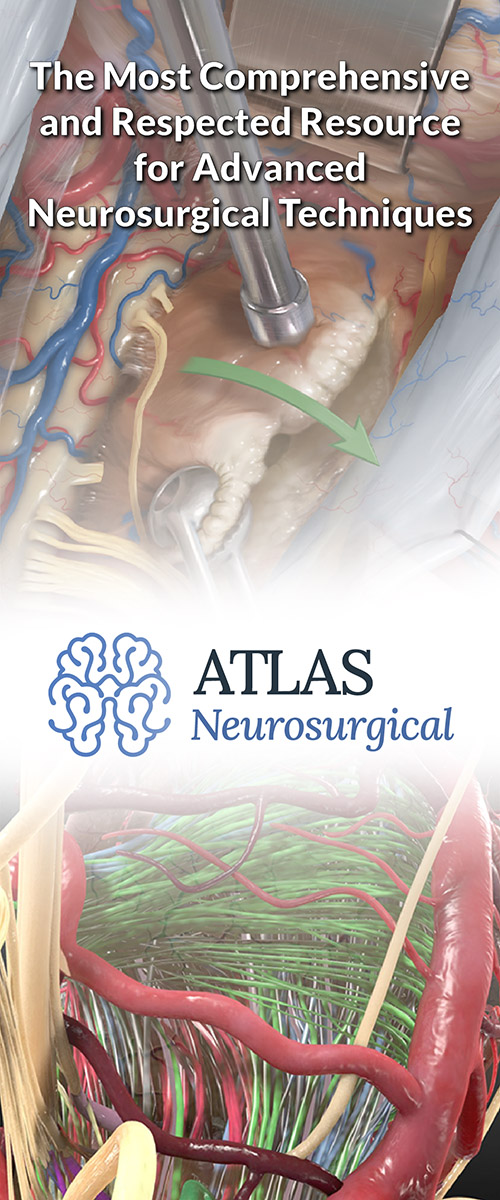Treatment of CNS Lymphoma
Central Nervous System (CNS) lymphoma is a rare and aggressive cancer that primarily targets the brain, spinal cord, or eyes, disrupting critical functions and causing a range of symptoms. Despite its severity, advancements in medical research and treatment options have significantly improved the outlook for many patients.
High-dose methotrexate, a chemotherapy drug that effectively penetrates the blood-brain barrier, is the cornerstone of treatment and often yields positive results. Additional treatments, such as radiation therapy or newer targeted therapies, may be used to enhance outcomes, especially in cases where the disease is unresponsive to chemotherapy alone.
By exploring the full spectrum of treatment options, patients and their families can make informed decisions and feel more empowered in their care journey. Collaboration with a skilled medical team, including oncologists, neurologists, and neurosurgeons, ensures a comprehensive and personalized approach to therapy. Understanding the treatments available for CNS lymphoma not only provides clarity but also fosters hope, as many patients go on to achieve remission and regain their quality of life.
Chemotherapy for CNS Lymphoma
Chemotherapy is the cornerstone of treatment for CNS lymphoma. The goal is to use drugs that can cross the blood-brain barrier to reach the tumor cells in the CNS.
High-Dose Methotrexate (HD-MTX): This is the most commonly used chemotherapy drug for CNS lymphoma. It's given in high doses to ensure that enough of the drug reaches the CNS to be effective against the tumor.
Other drugs may be used in combination with methotrexate:
- Cytarabine: A chemotherapy drug that works by interfering with cancer cell growth and division, enhancing the overall effectiveness of CNS lymphoma treatment.
- Thiotepa: A powerful alkylating agent used to target and destroy lymphoma cells, often included in combination therapy for more aggressive cases.
- Rituximab: A monoclonal antibody that targets specific proteins on lymphoma cells, boosting the immune system’s ability to attack and eliminate cancer.
Radiation Therapy for CNS Lymphoma
Radiation therapy may be used in addition to chemotherapy, particularly for patients who cannot tolerate high doses of chemotherapy or for those with localized disease.
- Whole-Brain Radiotherapy (WBRT): This involves treating the entire brain with radiation and is sometimes used for CNS lymphoma.
- Focal Radiation: In some cases, radiation is directed only at the tumor site, which can help minimize side effects.
Why should you have your surgery with Dr. Cohen?
Dr. Cohen
- 7,000+ specialized surgeries performed by your chosen surgeon
- More personalized care
- Extensive experience = higher success rate and quicker recovery times
Major Health Centers
- No control over choosing the surgeon caring for you
- One-size-fits-all care
- Less specialization
For more reasons, please click here.
The Neurosurgeon’s Role
Neurosurgeons play a critical role in the diagnosis and management of primary central nervous system lymphoma (PCNSL). The role of neurosurgeons in PCNSL is primarily diagnostic, with therapeutic interventions being more limited due to the sensitivity of PCNSL to chemotherapy and radiation.
Stereotactic Biopsy
The primary neurosurgical intervention for CNS lymphoma is stereotactic biopsy. This minimally invasive procedure is performed to obtain tissue samples for histopathological diagnosis, which is essential for confirming the presence of lymphoma and guiding subsequent treatment.
Stereotactic biopsy involves using three-dimensional imaging techniques, such as MRI or CT, to accurately target the lesion and obtain tissue with minimal disruption to surrounding brain structures.
Intrathecal Chemotherapy
In certain cases, neurosurgeons may also be involved in the placement of an Ommaya reservoir or ventricular access device. This allows for the repeated administration of intrathecal chemotherapy (chemotherapy delivered directly to the brain and spinal cord).
This can be an essential component of the treatment regimen for PCNSL, particularly when there is leptomeningeal (innermost coverings of the brain and spinal cord) disease. Your care team will provide guidance, in order to tailor your plan of care to your needs.
Other Surgical Considerations
Surgery is usually not the first option for treating PCNSL (Primary CNS Lymphoma) because the tumor tends to spread throughout the brain and responds well to non-surgical treatments like chemotherapy and radiation. However, in certain cases, such as when there’s significant pressure on the brain or fluid buildup (hydrocephalus), neurosurgical procedures like removing part of the tumor (debulking) or placing a shunt to drain fluid may be recommended to relieve symptoms.
Neurosurgeons work as part of a team that includes neuro-oncologists and radiation specialists to provide comprehensive care for CNS lymphoma. Treatment often involves high-dose methotrexate chemotherapy, sometimes combined with other drugs, and occasionally radiation therapy, which may be avoided in some cases to reduce the risk of long-term brain side effects.
Because CNS lymphoma and its treatments can cause neurological complications, neurosurgeons play a critical role in monitoring and managing issues like increased brain pressure or changes in thinking and mood. Their expertise ensures patients receive the best care possible while focusing on non-surgical treatments like chemotherapy and radiation as the primary approach.
Autologous Stem Cell Transplant
For some patients, particularly those with recurrent CNS lymphoma, a stem cell transplant may be an option. This involves collecting the patient's own stem cells, administering high-dose chemotherapy to kill the cancer cells, and then returning the stem cells to the patient to help rebuild the bone marrow.
Supportive Care
Managing the side effects of treatment and the symptoms of the disease is an important part of care for CNS lymphoma. These are just some of the possible supportive treatment options available:
- Corticosteroids: These drugs can help reduce swelling and inflammation in the brain and improve neurological symptoms.
- Anticonvulsants: If seizures are a symptom of the lymphoma or a side effect of treatment, anticonvulsant medications may be prescribed.
- Neuropsychological Support: Cognitive changes from the lymphoma or its treatment can be addressed with the help of neuropsychologists and other specialists.
Clinical Trials
Participating in clinical trials can provide access to new and potentially more effective treatments. Trials may involve new chemotherapy drugs, targeted therapies, or immunotherapies.
More information regarding clinical trials can be found here.
Follow-Up Care
After treatment, regular follow-up care is essential to monitor for signs of recurrence and manage any long-term side effects of treatment. This typically includes regular MRI scans and visits with your healthcare team.
Living with CNS Lymphoma
Living with CNS lymphoma can be challenging, but there are resources available to help you through treatment and beyond.
- Support Groups: Connecting with others who are going through similar experiences can provide emotional support and practical advice.
- Nutrition and Exercise: Maintaining a healthy diet and staying as active as possible can help you cope with treatment and recover more quickly.
- Mental Health: Don't hesitate to seek help for depression, anxiety, or other mental health concerns that can arise during treatment.
Key Takeaways
- Treatment often centers on chemotherapy (high-dose methotrexate), sometimes combined with immunotherapy (e.g., rituximab) and complemented by radiation therapy when appropriate.
- Neurosurgeons mainly perform stereotactic biopsies for diagnosis and may provide interventions like Ommaya reservoirs for intrathecal chemotherapy, but full tumor removal is rarely pursued.
- Stem cell transplantation can be considered for recurrent cases, offering another line of treatment beyond standard chemotherapy and radiation.
- Managing side effects through steroids, anticonvulsants, and neuropsychological support is crucial, alongside addressing emotional well-being, nutrition, and exercise.
- Follow-up care with regular imaging and health check-ups helps monitor for recurrence, and clinical trials may provide access to new and promising therapies.




